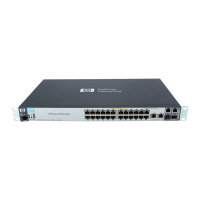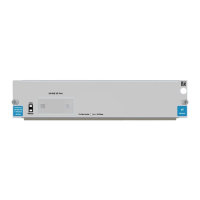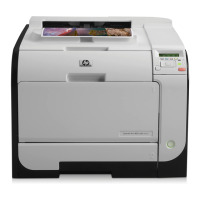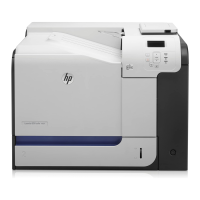Backing Up and Restoring Disk Information
Guardian User’s Guide—425266-001
11-19
Using Labeled Tapes With Backup and Restore
Using Labeled Tapes With Backup and Restore
If labeled-tape processing is enabled for your system, you can use Backup and Restore
with both labeled and unlabeled tapes.
To access a file on a labeled tape, you must use a TAPE DEFINE — a named set of
attributes and values that specifies information about a tape file such as the volume ID,
tape density, and operator mount messages.
Backup can use all the listed attributes in a TAPE DEFINE for labeled tapes. Restore,
however, can use only DEVICE, MOUNTMSG, SYSTEM, and VOLUME. If your
DEFINE contains other attributes, Restore ignores them.
For more information about DEFINEs and labeled tapes, see Section 6, Creating and
Using DEFINEs, and Section 10, Using Labeled Tapes.
Table 11-4. TAPE DEFINE Attributes for Backup and Restore
Attribute Function
DENSITY Tape density in bits per inch (bpi)
DEVICE Name of the tape drive on which all tapes must be mounted
EXPIRATION Expiration date for the tape file
FILEID Tape file name (17-character string)
GEN Integer value (in the range 0001-9999) that indicates the generation number
LABELS Label processing mode; BACKUP, IBMBACKUP, or OMITTED for
Backup; or BACKUP, IBMBACKUP, OMITTED, or BYPASS for Restore
OWNER Owner ID (1-14 characters) in the tape label
MOUNTMSG Mount message to be displayed with the system mount message or tape
drive use request
RETENTION Retention period in number of days for the tape file (the default is 1)
SYSTEM Name of the system that controls the tape drive on which the tape (or tapes)
must be mounted
TAPEMODE Mode (STARTSTOP or STREAM) for a cartridge tape drive
USE Use of the tape file (input or output)
VERSION Integer value (in the range 00-99) that indicates the version number within
one generation
VOLUME Six-byte tape volume ID for the backup tape, or SCRATCH to indicate that
any scratch tape is acceptable for the backup tape

